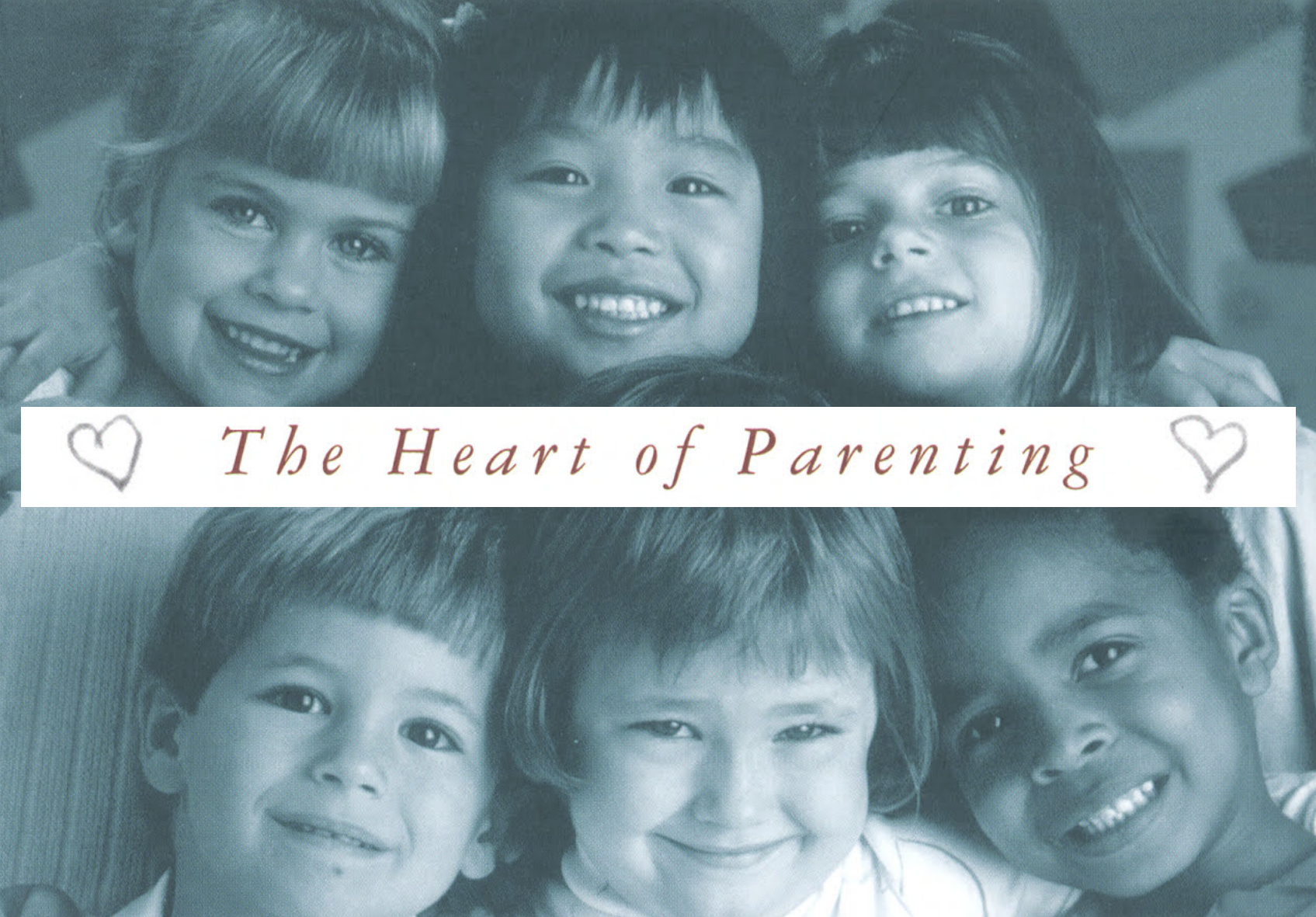6 rules from psychologist John Gottman:
All parents love their children, but not everyone knows the meaning of emotional education. Love, care and warmth in a relationship are many, but not everything that a baby needs. What gives emotional education?
Parents who use emotional education always react to the child's emotions before they become intense, turned into a tantrum. Over time, children begin to feel confident that their parents understand, empathize and are interested in their lives. They do not have to be capricious to attract the attention of parents.
Children who were raised in such a way from early childhood become masters of the art of complacency. They can remain calm even under stress.
There are fewer conflicts between parents involved in emotional education and their children. After all, children are not scolded for crying because of disappointment and for acceptable forms of expressing anger.
Thanks to the emotional upbringing, a deep connection is established between parents and children. Children see allies in their parents and want to please them, not to disappoint.

Psychologist John Gottman gives some tips on emotional education.:
1. Learn to understand your feelings.
To understand what your child feels, it is important to learn to recognize your emotions. What does this mean? You recognize your emotions, you can identify the feelings that you will experience at the moment and share the emotions of other people. To learn to recognize your feelings, there are several simple ways: prayer, meditation, keeping a “diary of emotions”, different forms of artistic expression (drawing, poem, playing musical instruments). It is very important for this to have time to be alone. With the skill of awareness of their own emotions, parents will be easier to tune in to the feelings of the child. Be attentive to the child, open your heart to him.
2. Use negative emotions of the child as a means of agreement.
When a child experiences a strong negative emotion - fear, anger, sadness - he needs his parents most of all. The ability to calm an upset child makes us feel like parents and get close to the baby. Be sensitive to changes in the mood of your child, show sincere interest and concern for his problems. And then the child will understand that you are his ally. You will learn to cooperate and in the event of a major crisis you will be able to resist together. Negative experiences are a great opportunity to get close to a child. This is an extra brick to your relationship building.
3. Know how to listen and sympathize with your child.
Tune in to the wave of the child's emotions: his body movements, sign language, facial expressions. Sit on the same level with the baby, take a deep breath and focus. Listen to your child, sympathize with him. Let the child know that his feelings are valid. One of the ways to demonstrate your understanding of a child’s feelings is to give a similar example from your own life from the series: “when I was little ...”
4. Help your child identify emotions with words.
It is very important to teach a child to name his emotion. The designation of emotion will allow you to turn a terrible and unpleasant feeling into something definable, having boundaries. The parent sees the upset child and says: “You must be very sad?” The child feels that he has been understood and now he knows the word that describes his condition. Psychologists say that while we are talking about emotions, we verbalize our feelings, the left hemisphere of the brain is connected, where the centers of logic and language are located, and this helps to calm down.
5. Enter restrictions on unacceptable behavior.
If a child, experiencing a negative feeling, expresses it in an unacceptable form - beats his friend, breaks things, calls his name - it is important to establish the boundaries of such behavior. It is necessary to tell the child that this behavior is not permissible. For example: “You are angry that your sister selected the game. It would have pissed me off too. But beating her is wrong. What can you do instead?” It is important for children to explain that the problem is not their feelings, but their bad behavior. That is, the child needs to be explained that there are other ways to express their feelings. At the same time, remember that a child is a child. It is normal if he runs, headlong, if he climbs a tree or makes funny faces.
Psychologists propose to divide the system of rules into three zones:
Green - behavior that is allowed and desirable.
Yellow - deeds that can be tolerated.
The red zone is an unacceptable behavior (immoral, unethical, illegal, asocial). Punishment is possible for bad behavior - deprivation of privileges, refusal of attention or lack of awards..
6. Assist in solving the problem
Do not take all the search for solutions. The way to brainstorm depends on the age of the child. For younger children, it can be a role-playing or fantasy game in which the “right” and “wrong situation” can play out. With older children, you can think over and write down the maximum number of solutions. Just try not to make fun of the child, even if some idea seems stupid to you. Then weigh your decisions in terms of the values adopted in your family: how fair, safe, compassionate, and courageous it is. After studying the effects of different options, give your child the opportunity to choose their own version. Remember that children learn from their mistakes. If the child chooses an option that does not work, but does not bring harm, let him try. If it turns out to be ineffective, analyze together why this happened and suggest changing to another option.
From the book by John Gottman and Joan Declaire "Raising An Emotionally Intelligent Child"

